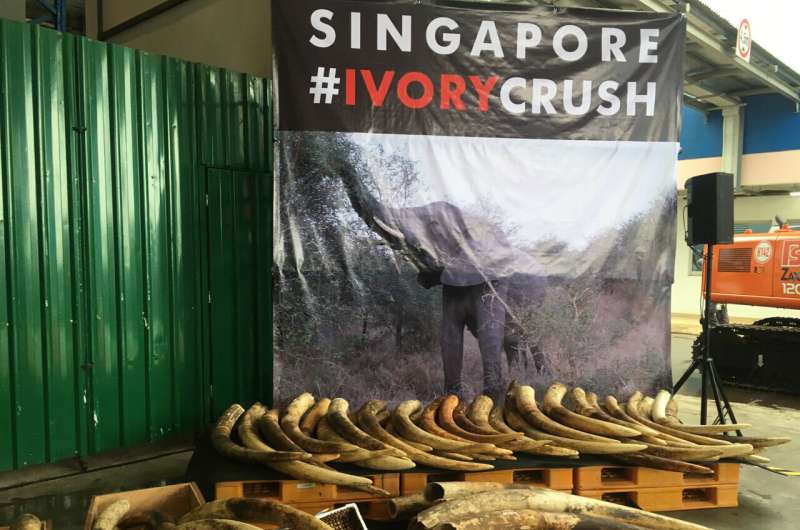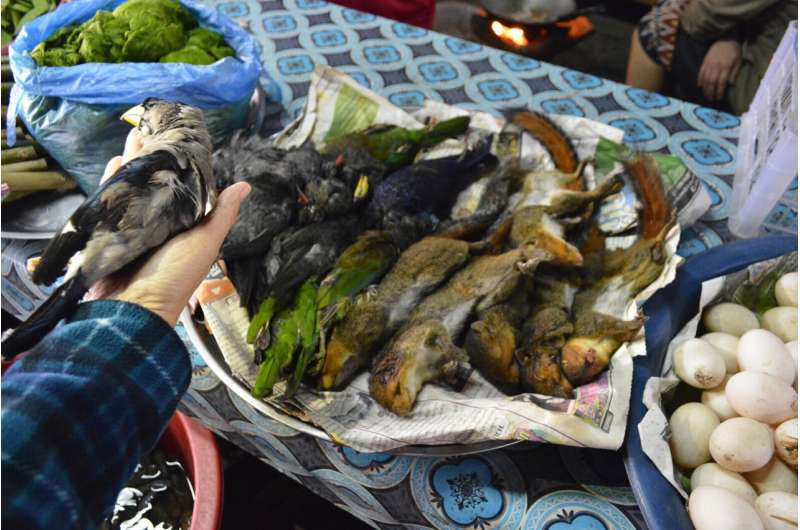May 6, 2021 report
Socioeconomic inequality drives trade patterns in global wildlife market

A team of researchers affiliated with several institutions in Hong Kong and one in Singapore has found that socioeconomic inequality is driving existing trade patterns in the global wildlife market. In their paper published in the journal Science Advances, the group describes comparing data from the Convention on International Trade in Endangered Species of Wild Fauna and Flora (CITES) with socioeconomic data from multiple countries around the world.
Prior research has shown that the global wildlife market—where wild animals are captured or killed and then sold to entities in other countries—has a negative impact on endangered species. It also leads to the spread of diseases such as COVID-19. Unfortunately, such issues have not led to reductions in animals involved in the global wildlife market. As just one example, researchers from the NGO, Traffic, found recently that 1.3 million live animals and plants were exported from Africa to Asia over the years 2006 to 2015. In this new effort, the researchers looked at a way to reduce such numbers—by having rich importing countries pay poor exporting countries to preserve their wildlife.
The work by the researchers involved pulling data from CITES, which keeps track of global wildlife sales and then comparing the numbers with socioeconomic data for the countries involved. They found that approximately 420 million wild animals were traded around the world over the years 1998 to 2018, involving 226 countries. They also found that the bulk of trades involved the transfer of animals from poor countries to rich countries. And they found, too, that certain pairs of countries account for a large percentage of the wildlife market.
The researchers suggest that current efforts to slow the global wildlife trade are not sufficient. They suggest that the only way to make a dent in the market is to pay those countries that are exporting the most animals to protect them. They note also that the global pandemic has slowed the trade in wildlife, but suggest the lull is only temporary unless other measures are put in place.

More information: Jia Huan Liew et al. International socioeconomic inequality drives trade patterns in the global wildlife market, Science Advances (2021).
Journal information: Science Advances
© 2021 Science X Network



















